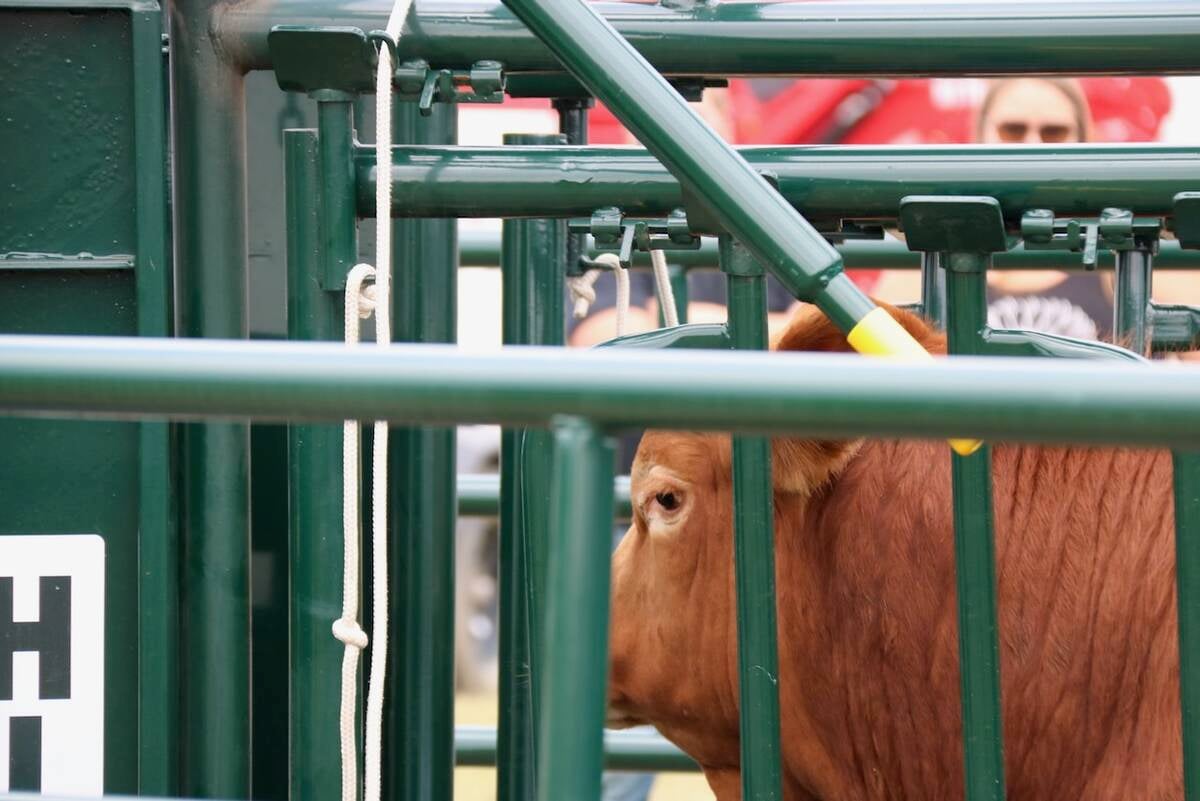LACOMBE, Alta. – The concrete walls are up at a meat plant in central Alberta that will be able to handle bison, elk, cattle and ostrich.
Canadian Premium Meats’ three partners and their investors hope the federally inspected, European Union approved processor will open doors to new meat markets for the alternative livestock industry.
Armin Mueller, a bison rancher from Rimbey, Alta., said producers know how to raise livestock and sell the meat but have trouble finding a competent processor.
Mueller joined butcher Yvo Schmucki and accountant Werner Siegrist in 2004 in planning a plant capable of killing up to 120 animals per day on a custom basis.
Read Also

Good handling equipment a must on cattle operations
It’s important for the safety of producers and everyone else dealing with their stock that handling equipment is functional and safe.
“Whether you are selling bison or organic beef, you need a processor,” Siegrist said. “If you don’t have a processor it is not going to work.”
They watched other packing plant proposals come and go during the height of the BSE crisis, when international borders closed to most Canadian livestock and meat products. They decided to plan carefully and low key.
They shopped around for a location and settled on Lacombe, a town of 10,000 on the junction of two major Alberta highways. They bought a four acre site in a new industrial park that the town has designated as a food processing centre. The site includes water and sewer.
“It is easier if they want you here than if you have to fight them,” Schmucki said.
Despite a welcoming municipality, the trio said the project wasn’t easy. Construction costs, government regulations and financing were major hurdles.
“I have had a sleepless night almost every two weeks,” Siegrist said.
They found 20 investors and worked with the federal and provincial governments on regulations and business plans. The trio’s financial plans do not include taxpayer money, which they believe may be for the best even if private funding is a struggle.
The three men immigrated from Switzerland, where government funding through low interest loans is available as long as a plant meets all regulations.
“We would like to get cheap money if we can,” said Mueller.
Added Siegrist: “That does not happen in Alberta. If the government said, ‘OK, we believe this is going to work and we are going to finance this,’ it would be 10 times easier.”
The building is taking shape, however, and they hope to start processing next spring.
They plan to hire 20 to 25 people to handle office and processing duties.
The plant offers coolers and freezer storage to clients, who are responsible for their own meat sales. Boxed products will carry the client’s label.
They also want to offer meat traceability, but that is only as good as what producers and sellers can provide from their own records.
“We can only do so much. It is really up to the producer to also have a program in place,” Siegrist said.
“Even if the plant system is perfect for traceability within, it is only as good as the guy who takes it out. It is a very complex thing.”
More than 200 other proposals for packing plants have failed in the last three years, and this group attributed its success to one thing.
“Hard headedness,” Mueller said.















